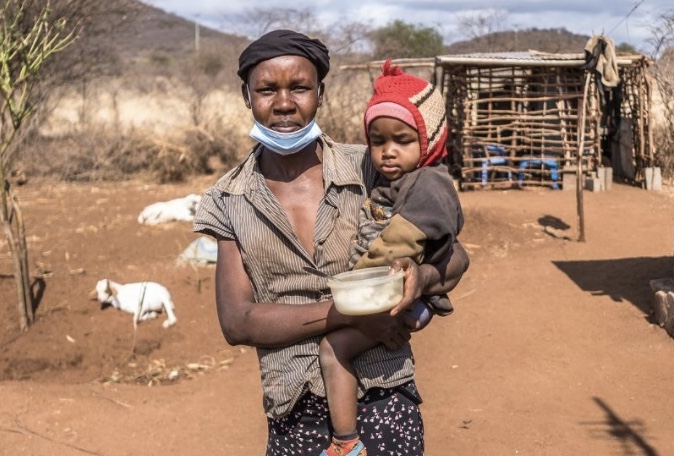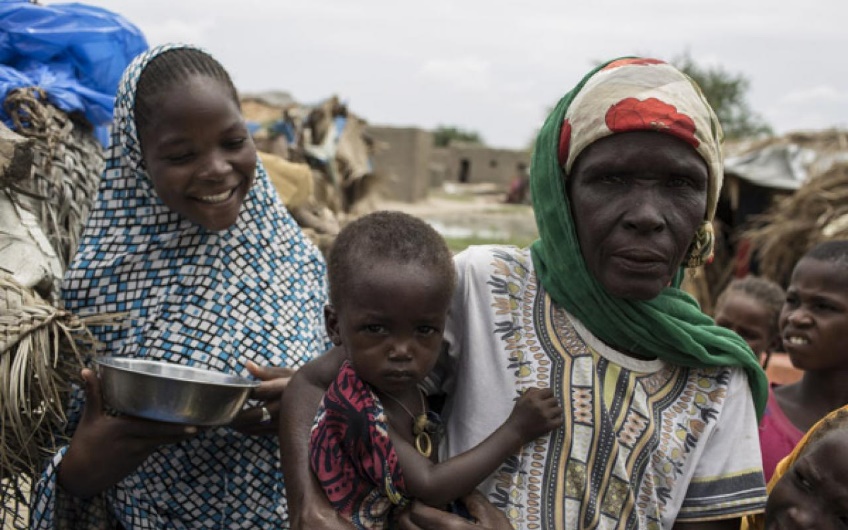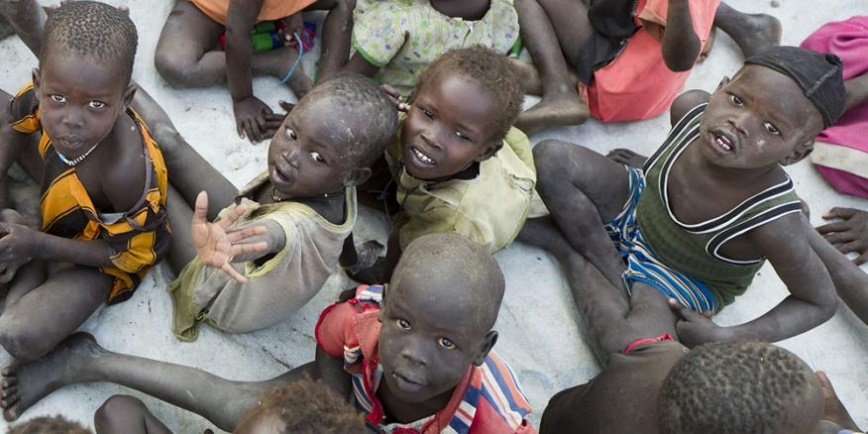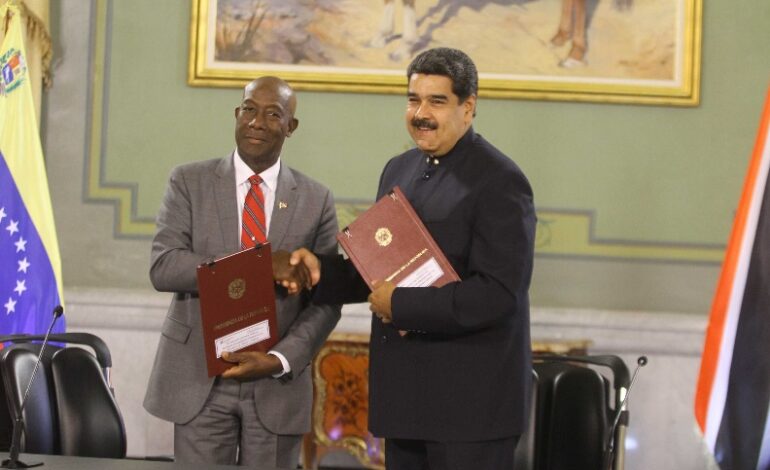
Avellon Williams
TRINIDAD AND TOBAGO- According to the United Nations, Africa and the Caribbean are facing a hunger crisis in 2023.
As reported in the Overview of Food Security and Nutrition report, world hunger rose from 8.3% in 2019 to 9.3% in 2020, and again to 9.8% in 2021.

Undernourishment now affects 46 million people, despite officials hoping the Covid-19 pandemic would improve the plight of people struggling to access food.
In the last year, Africa and Latin America and the Caribbean experienced the greatest rise in food insecurity.
Africa has 278 million undernourished people, followed by Latin America and the Caribbean with 56.5 million.
In the Caribbean, there are 7.2 million people and in Asia, there are 425 million.

According to the report, some of the most undernourished people live on the Asian continent, while Africa is battling the worst hunger crisis in the world.
In Sub-Saharan Africa and near the East and North of Africa, the figures increased by a staggering 1.98 percent and 1.99 percent, respectively.
FAO Assistant Director and Regional Representative for Latin America and the Caribbean, Mario Lubetkin, told Caribbean Loop News: “This problem cannot be solved by an individual policy alone. The coordination mechanisms national and regional levels need to be strengthened in order to combat hunger and malnutrition.”

“To contribute to the affordability of healthy diets, it is necessary to create incentives for the diversification of the production of nutritious foods aimed mainly at family farming and small-scale producers, take measures for the transparency of the prices of these foods in markets and trade, and actions such as cash transfers and improving school menus.”
As a result of the Ukraine-Russia conflict, food prices have spiked and socio-economic status has made it difficult to access nutritious food.
Moreover, they outlined how trade and market policies could improve food security and nutrition in struggling countries.

Transparency and improved trade of agricultural foods between regions could stabilize the market, they said.
IFAD Regional Director Rossana Polastri, said: “We are talking about the region of the world with the most expensive healthy diet, which particularly affects vulnerable populations – small farmers, rural women, and indigenous and Afro-descendant populations – who allocate a greater percentage of their income to the purchase of food.

“To reverse this situation, we must promote innovative solutions that diversify production and increase the supply of healthy food, and that improve small producers’ access to markets and quality food, including digital solutions that articulate food supply and demand.”




